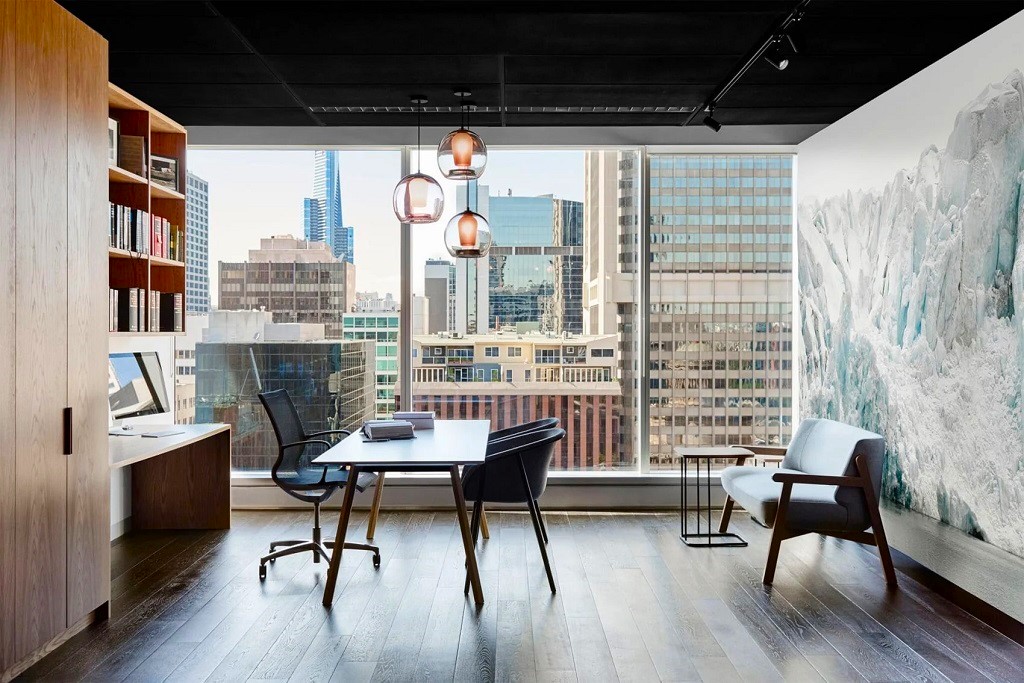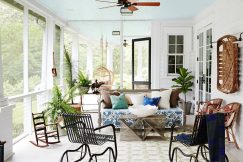In architectural and interior design, the significance of natural light cannot be overstated. Beyond its practical function of illuminating spaces, natural light is pivotal in shaping residential and commercial environments’ aesthetics, mood, and functionality. This essay will examine how natural light affects design and the strategies architects and designers use to optimize its advantages.
Aesthetic Appeal
Natural light possesses a unique quality that artificial lighting struggles to replicate. It bathes spaces in a soft, diffused glow that enhances the visual appeal of interiors. Glass doors, skylights, and large windows act as portals for natural light, bridging the gap between indoor and outdoor spaces. In addition to fostering a sense of openness and spaciousness in the residential building design, this visual continuity provides a touch of elegance.
Mood Enhancement
Natural light has been shown to positively benefit mood and general well-being on numerous occasions in research. A neurotransmitter associated with enhanced mood and relaxation, serotonin is released in reaction to sunlight. Natural light creates a cozier, friendlier atmosphere in residential and commercial building design, encouraging positivity and productivity.
Productivity and Performance
In commercial settings, the integration of natural light has been linked to improved employee well-being and increased productivity. Employees working in well-lit environments with access to natural light tend to experience reduced eyestrain and fatigue. Furthermore, exposure to natural light regulates circadian cycles, enhancing sleep quality and general well-being.
Energy Efficiency
Beyond its aesthetic and psychological benefits, natural light can contribute to energy efficiency in residential and commercial buildings. By strategically placing windows and utilizing daylighting techniques, designers can reduce the reliance on artificial lighting during daylight hours, lowering energy consumption. This dual benefit of enhancing aesthetics and sustainability underscores the importance of prioritizing natural light in design.
Strategies for Maximizing Natural Light
Architects and designers employ various strategies to maximize the entry of natural light into spaces. Open floor plans, strategically placed windows, glass walls, and skylights are standard techniques to harness daylight effectively. Additionally, the selection of reflective surfaces, such as light-colored walls and flooring, can amplify the impact of natural light, creating a brighter and more vibrant atmosphere.
Balancing Natural Light with Privacy
While the benefits of natural light are undeniable, designers must strike a balance between illumination and privacy. Employing window treatments, such as blinds, curtains, or frosted glass, allows for control over the amount of light entering a space while maintaining privacy. The inhabitants’ ability to benefit from natural light without sacrificing their sense of security is ensured by this careful integration.
Adapting to Site-Specific Considerations
Effective design recognizes the importance of adapting to site-specific considerations. The orientation of a building, climate, and geographical location all influence the amount and intensity of natural light available. Designers must tailor their approach to leverage the unique characteristics of each site, ensuring that the design maximizes natural light in a sustainable and contextually relevant way.
In conclusion, light stands as a cornerstone in architectural and interior design. Its influence extends beyond the functional aspect of illumination, shaping the aesthetics, mood, and energy efficiency of residential and commercial spaces. By prioritizing integrating natural light through thoughtful design strategies, architects and designers create environments that captivate the senses and contribute to the well-being and performance of those who inhabit these spaces. The artful balance of aesthetics, functionality, and sustainability makes natural light indispensable in creating inspiring and harmonious built environments.




